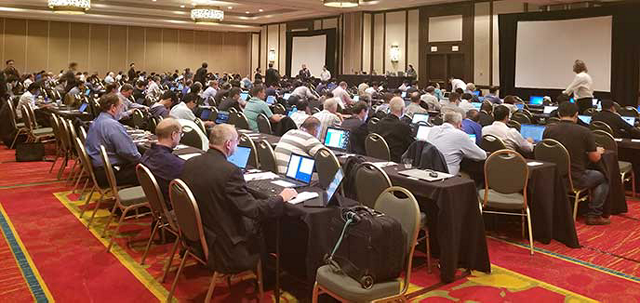It has been a few years since I last discussed how 3GPP contribution counting is a flawed practice and why it should not be used to evaluate a company’s leadership in technology innovations.
The key point is that 3GPP specifications are not based on the direct acceptance or rejection of individual member contributions, but rather the progressive and collaborative refinement of gradually accepted core concepts.
Technical Documents (TDocs) — written contributions to 3GPP meetings — often are simply “noted” even if the concepts they propose are accepted by the working group. This is a very fundamental fact that some in the industry have apparently missed. Other types of technical documents capture discussion outcomes involving multiple companies. At a later stage, typically after a 3GPP Release is “frozen,” Change Requests (CRs) improve the quality of specifications, with only a small subset of them introducing innovations. Simply counting contributions also fails to give credit to those that are building consensus and driving those core concepts toward the final specifications.
Throughout this blog post, we will refer to our previous blog post on contribution counting, what changed in 3GPP since then, how 3GPP operates, and how the more recent trend in “approved contribution counting” is also unreliable.

Creating a technology standard in 3GPP involves a complex, collaborative, and consensus-driven process.
Taking action to combat contribution counting
In recent years, it has been encouraging to see 3GPP’s acknowledgement of the issues stemming from contribution counting, which we referenced in earlier blog posts. In particular, it ended up being widely noticed that some member companies were artificially inflating the number of their contributions, for example, by splitting one technical contribution into multiple contributions. To mitigate such behavior, 3GPP leadership instituted countermeasures across different working groups. Since 2017, for instance, in 3GPP RAN1, each company is limited to making only one contribution per meeting agenda item. In other words, a de-facto “contribution cap” exists, equal to the number of distinct agenda items. Other working groups later introduced similar rules. These new rules of engagement were effective and virtually put an end to the phenomenon of inflated contribution numbers.
However, outside 3GPP, the practice of counting contributions unfortunately kept evolving. For the rest of this blog post, we will address the new variants that have come to prominence in certain circles.
Contributions do not tell the whole story
Before we further analyze how contribution counting has changed, it is crucial to understand how technical specifications are created inside 3GPP. I have previously talked about this in extensive detail in my blog series, but let me recap below:
- Typically, a group of companies starts a new 3GPP project for a specific technology area (e.g., 5G NR in unlicensed spectrum, 5G for drones, 5G for XR, etc.) by proposing a new Study Item or a new Work Item in the appropriate group. This is usually driven by either a recognized industry need (e.g., improve coverage in certain situations) or when a company, or group of companies, shares the outcome of their early research and leads the entire ecosystem down a new path.
- Once a project is approved, either as a Study Item or as a Work Item, any 3GPP member company can contribute ideas toward it.
- The 3GPP process is such that every individual component of the project is debated, discussed, and decided individually, based on technical merit. This occurs through face-to-face meetings, online meetings, offline discussions, and written contributions. For each project, there are hundreds, if not thousands, of such micro-decisions. Importantly, these micro-decisions are not captured as “approved” documents, as further explained below.
- A specification editor, who can sometimes be the “rapporteur” of the project, or a so-called “feature lead,” captures the collection of agreements from this large number of discussions and incorporates them first into a temporary document. At some point in time, in certain working groups, agreements were captured in documents called “way forward.” This is when some TDocs are actually “approved,”
The post Counting 3GPP contributions — even the “approved” kind — does not measure 5G leadership and value appeared first on RCR Wireless News.
